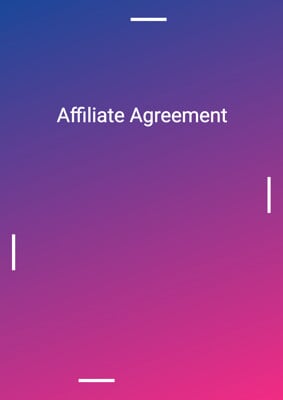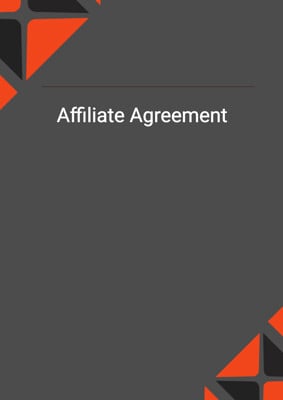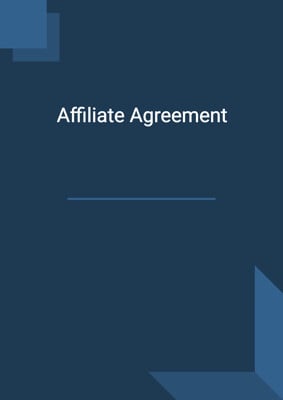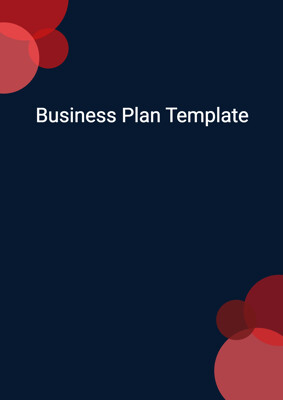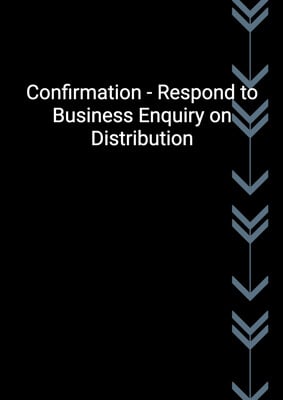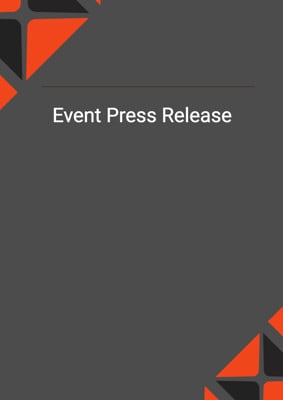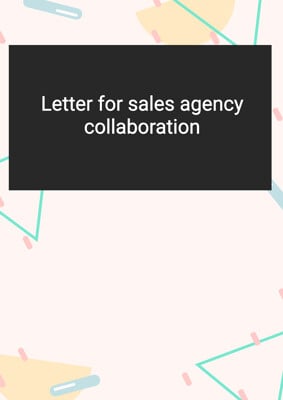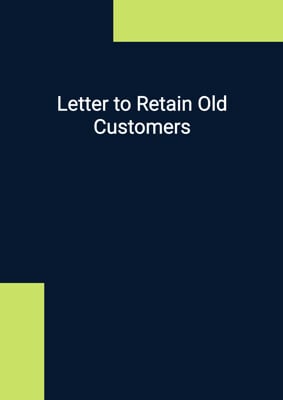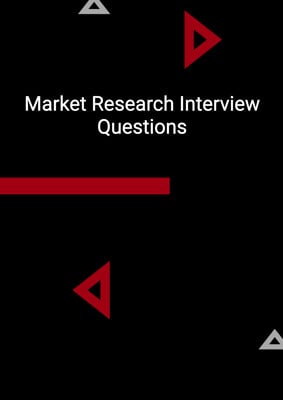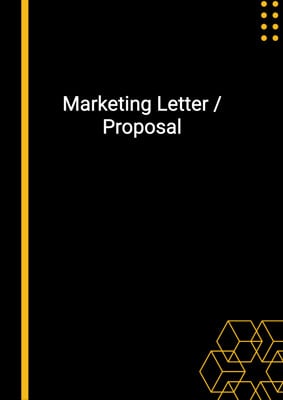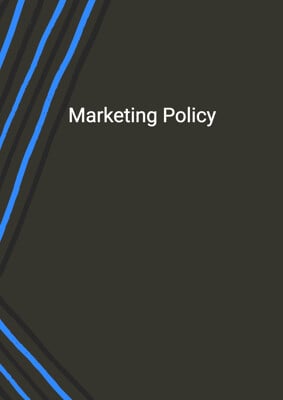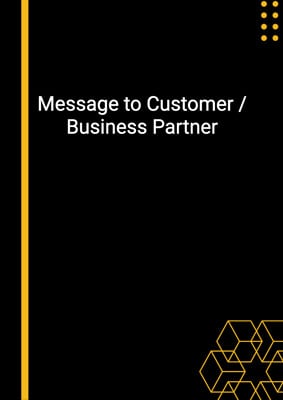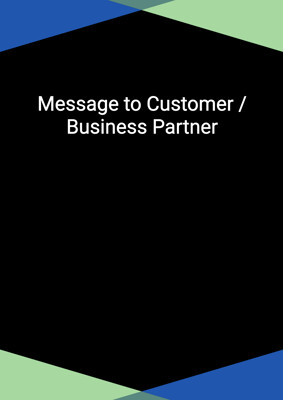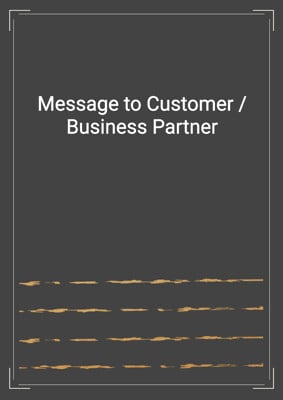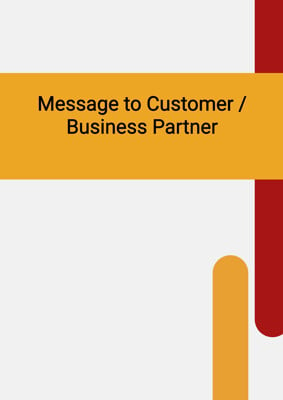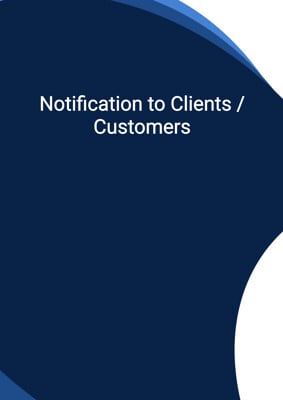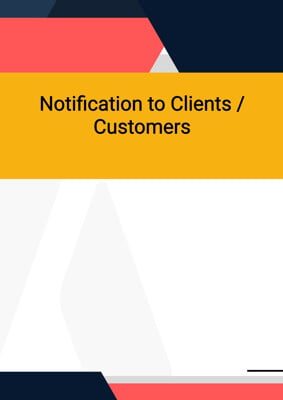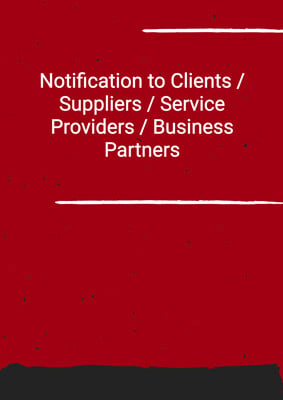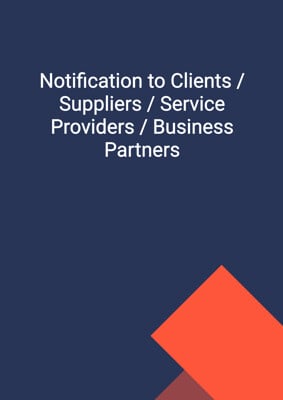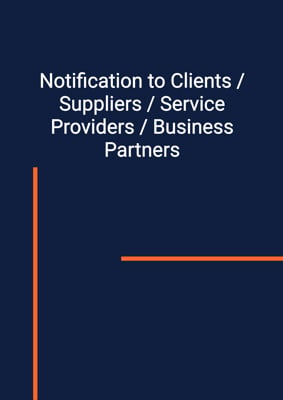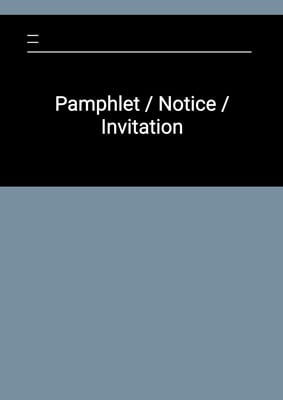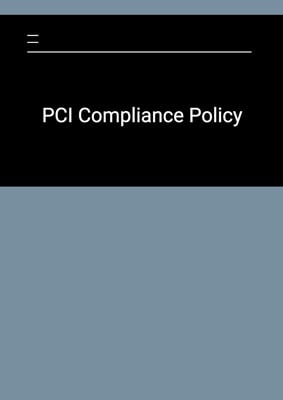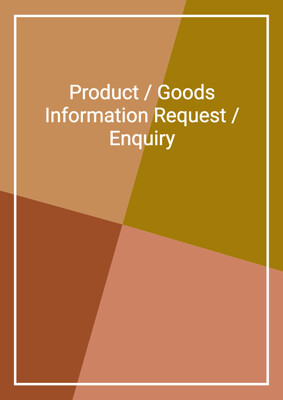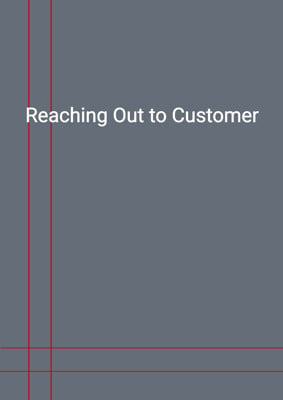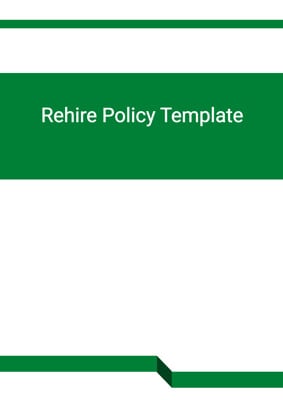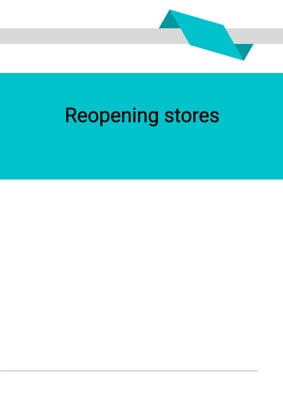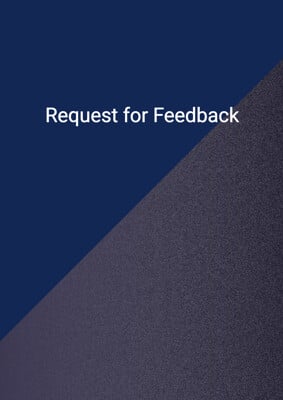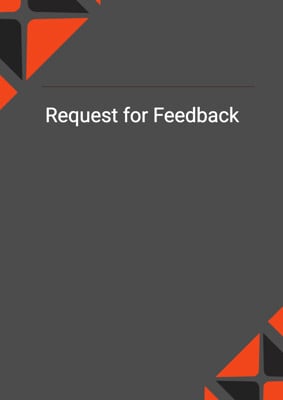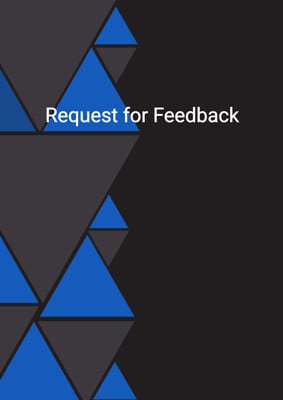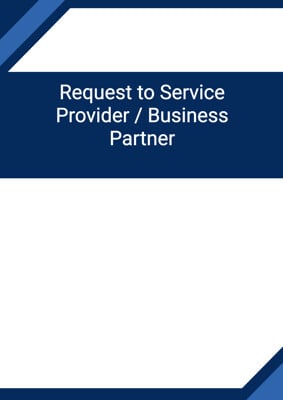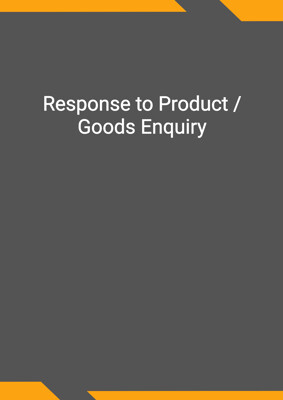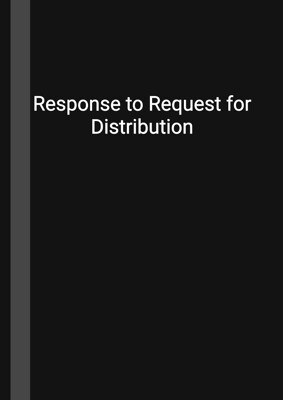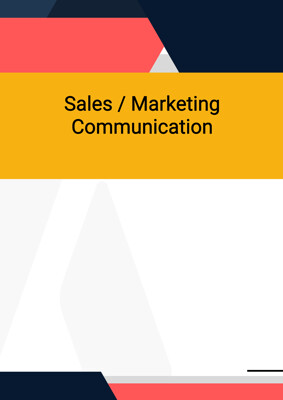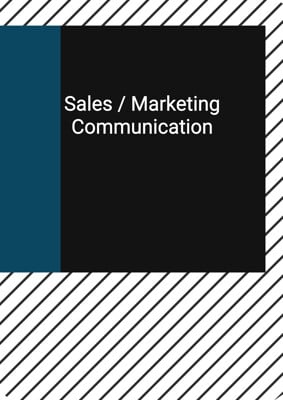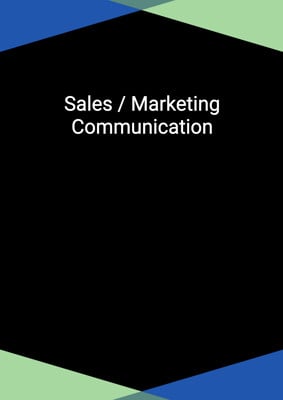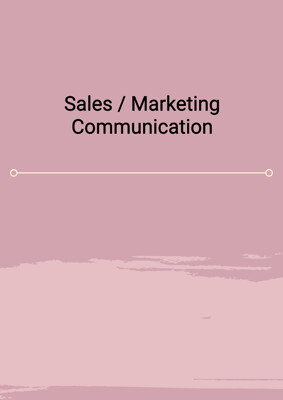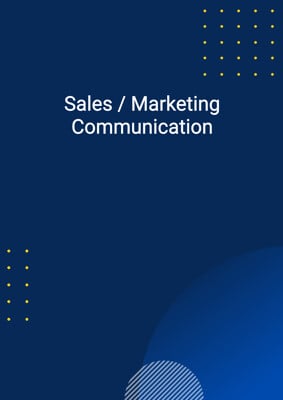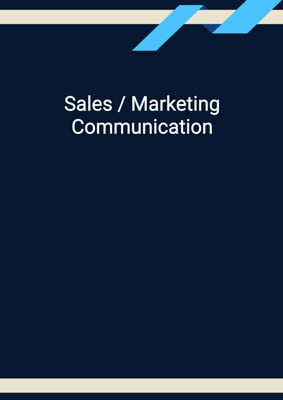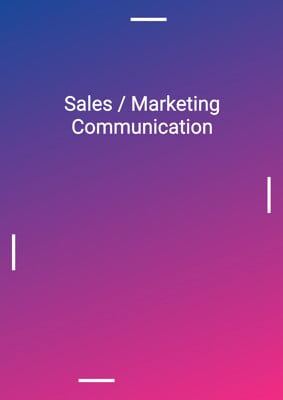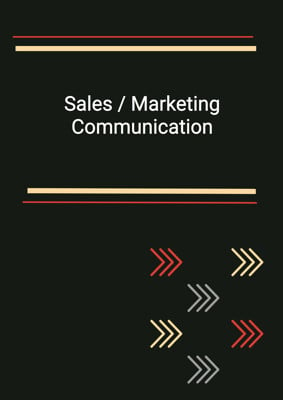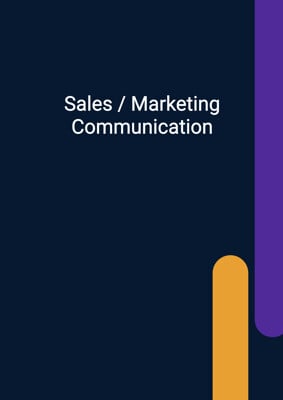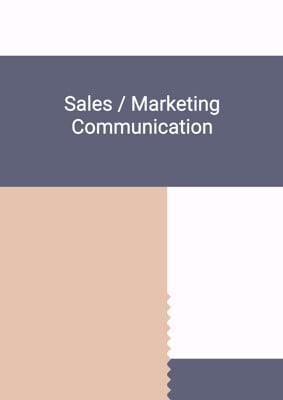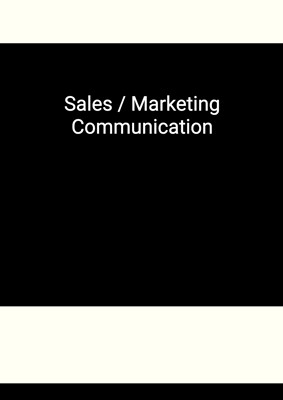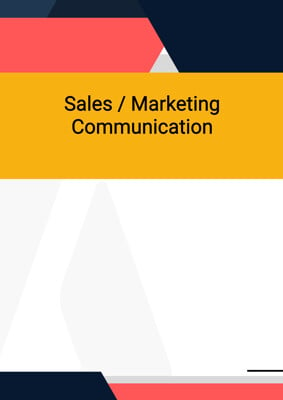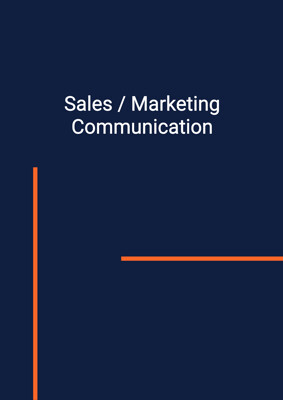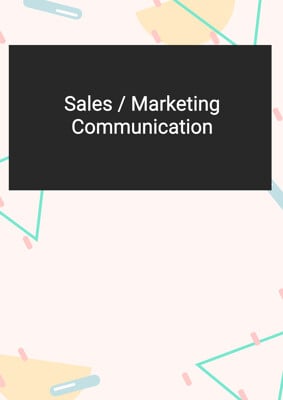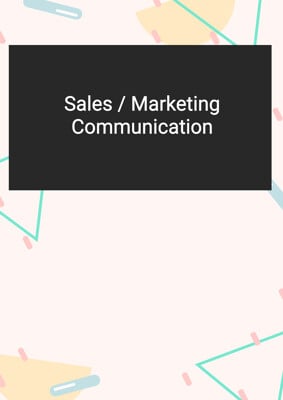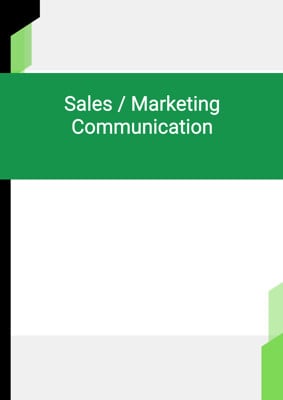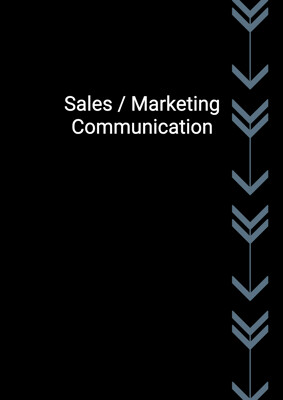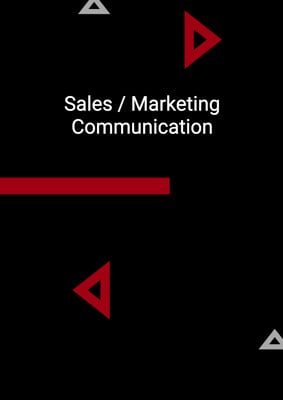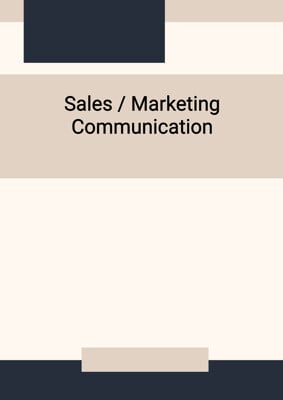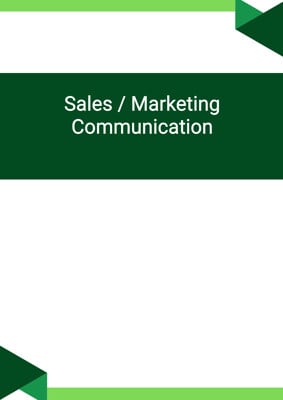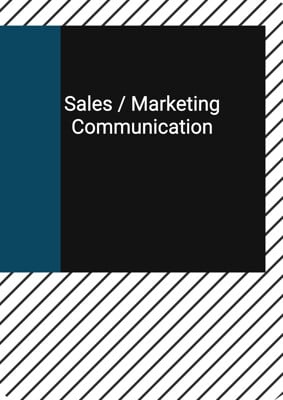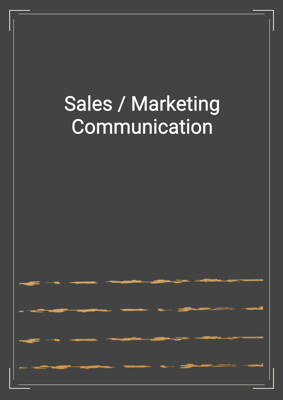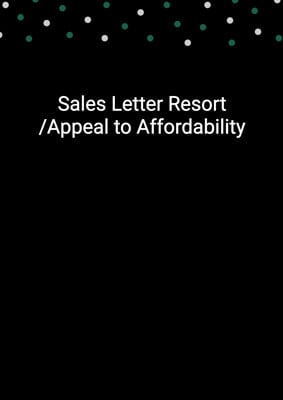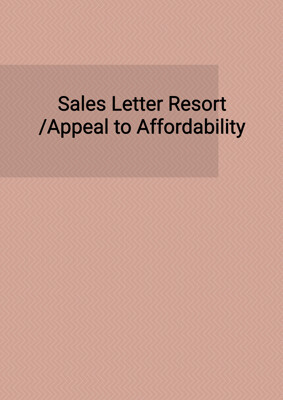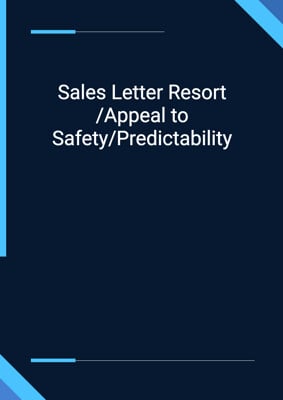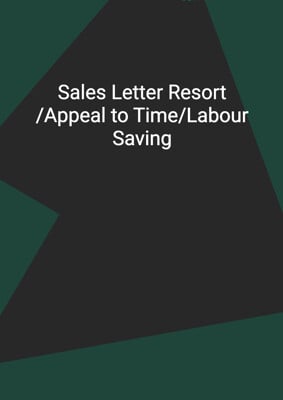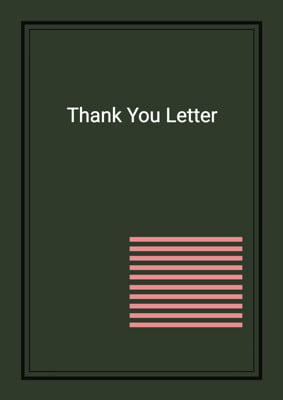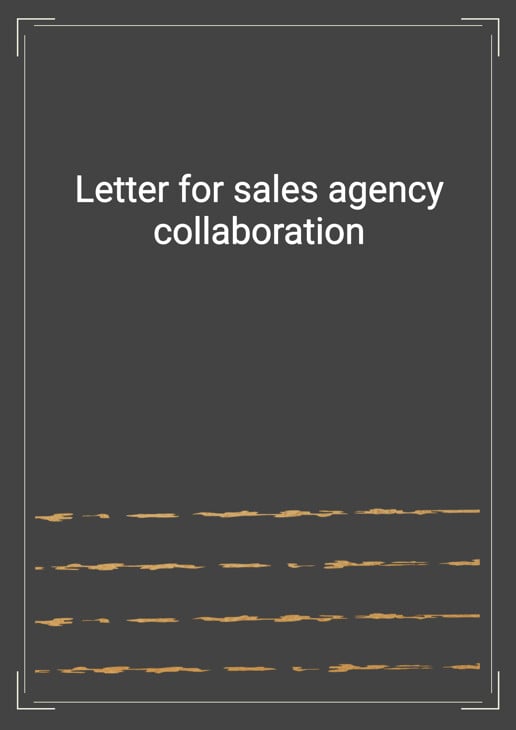
Letter for sales agency collaboration
Acceptance of Collaboration
This is a template for acceptance of collaboration with a sales agency. In this letter, the sender is interested in collaboration. In particular, the sender asks about the possibility to discuss the collaboration physically or virtually.
How to Tailor the Document for Your Need?
01
Create Document
Click "Create Document" button and the document will be prepared with your account details automatically filled in.
02
Fill Information
Please fill in any additional information by following the step-by-step guide on the left hand side of the preview document and click the "Next" button.
03
Get Document
When you are done, click the "Get Document" button and you can download the document in Word or PDF format.
04
Review Document
Please review the document carefully and make any final modifications to ensure that the details are correct before sending to the addressee.
Document Preview
Document Description
The document titled 'Letter for sales agency collaboration' is an important communication tool used in business to express interest in a potential collaboration with a sales agency. The letter serves as a formal introduction and invitation to discuss the details of the collaboration.
The entire document consists of several sections that are crucial for conveying the message effectively. The first section includes the sender's information, such as the account job company, account job address, telephone number, and email address. This information helps establish the sender's identity and contact details.
The second section is addressed to the addressee and includes their name and address. This section ensures that the letter reaches the intended recipient and creates a personalized touch.
The third section is the main body of the letter, where the sender expresses gratitude for the addressee's letter and conveys their interest in the proposal. The sender also mentions their desire to expand their business further and discusses the specific topic of collaboration with a sales agency. This section highlights the importance of the collaboration and sets the tone for further discussions.
The fourth section is a request to schedule a meeting or call to discuss the collaboration in more detail. The sender suggests a specific date and time, indicating their availability and willingness to engage in further conversation. This section emphasizes the sender's proactive approach and eagerness to move forward with the collaboration.
The final section concludes the letter with a closing remark and the sender's name, job title, and company. This section adds a professional touch and reinforces the sender's identity.
Each section of the document plays a crucial role in conveying the importance of the collaboration and setting the stage for further discussions. The sender's attention to detail and clear communication demonstrate their professionalism and commitment to the potential collaboration.
How to use this document?
1. Provide sender's information: Include the account job company, account job address, telephone number, and email address in the designated section. This ensures that the recipient can easily identify the sender and establish contact.
2. Address the addressee: Enter the addressee's name and address accurately in the designated section. This ensures that the letter reaches the intended recipient and creates a personalized touch.
3. Express gratitude and interest: Begin the main body of the letter by expressing gratitude for the addressee's letter and conveying interest in their proposal. This sets a positive tone and demonstrates the sender's enthusiasm.
4. Discuss collaboration details: Clearly state the purpose of the letter, which is to discuss the possibility of a future collaboration with a sales agency. Highlight the importance of the collaboration and its potential benefits.
5. Request a meeting or call: Suggest a specific date and time for a meeting or call to discuss the collaboration in more detail. This shows the sender's proactive approach and willingness to engage in further conversation.
6. Conclude professionally: End the letter with a closing remark, such as 'Yours sincerely,' followed by the sender's name, job title, and company. This adds a professional touch and reinforces the sender's identity.
7. Proofread and edit: Before sending the letter, carefully review it for any errors or inconsistencies. Make sure the content is clear, concise, and free of grammatical mistakes.
8. Follow up: If the addressee does not respond within a reasonable timeframe, consider sending a follow-up email or making a phone call to ensure the letter was received and to reiterate the sender's interest in the collaboration.
Not the right document?
Don’t worry, we have thousands of documents for you to choose from:
